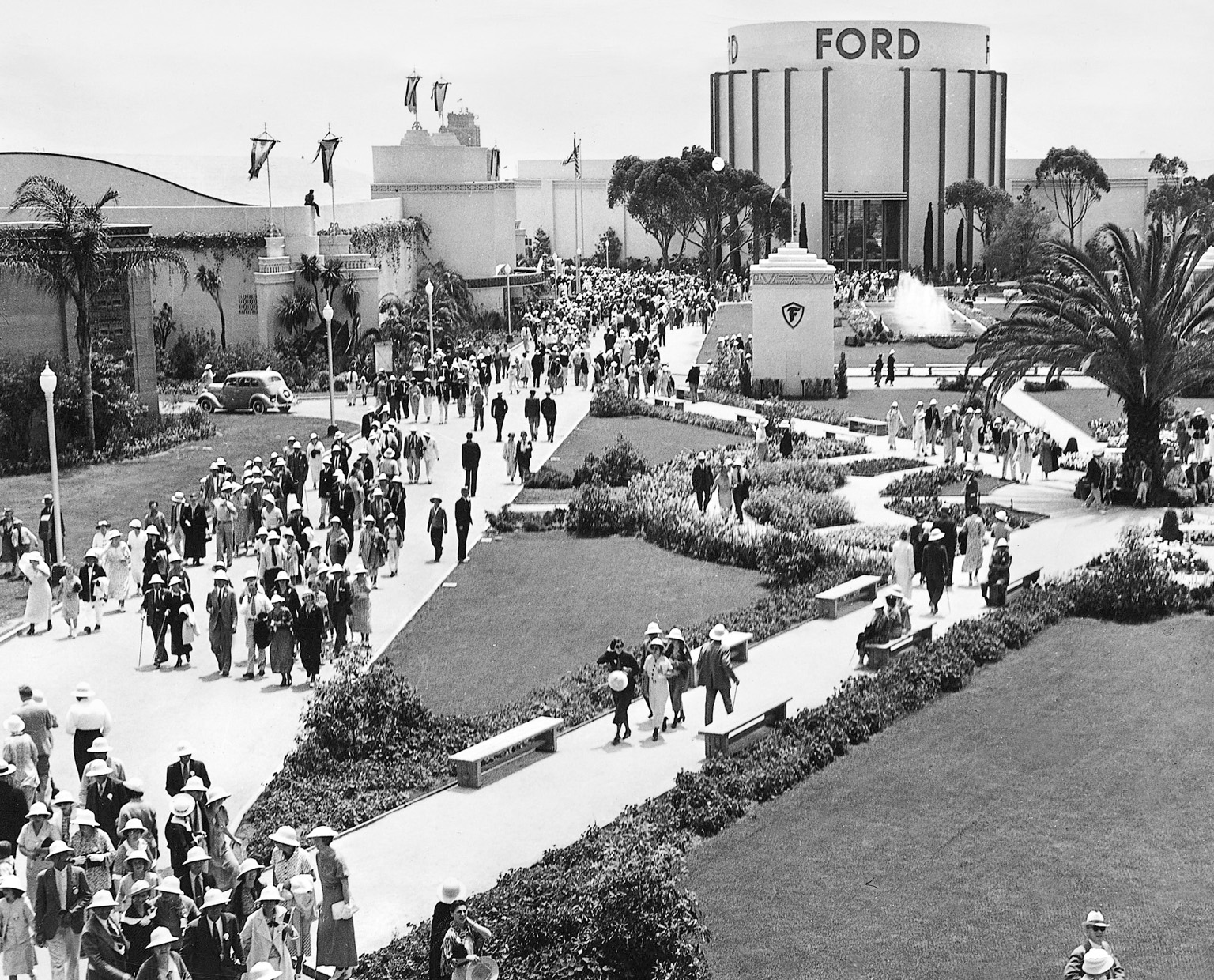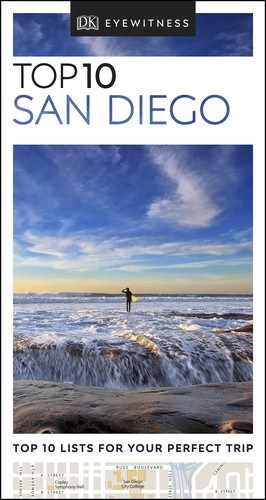MOMENTS IN HISTORY
1. In the Beginning
A skull discovered in 1929 established human presence in San Diego about 12,000 years ago. The Kumeyaay tribe, present at the time of Cabrillo’s landing, lived in small, organized villages, and subsisted on wild fruits and nuts, game, and fish.
2. Discovery by Juan Cabrillo (1542)
Cabrillo was the first European to land at San Diego Bay. The Spanish believed that Baja and Alta California were part of a larger island, “Isla California,” named for a legendary land in a Spanish 15th-century romance. California was part of the Spanish Empire for the next 279 years.

Juan Cabrillo
3. The Spanish Settlement (1769)
Fearing the loss of California, Spain sent an expedition, led by Gaspar de Portolá and Franciscan friar Junípero Serra, to build military posts and Christian missions. Disastrous for the Native Americans, the settlement survived and a city slowly took hold.

The Spanish Settlement
4. Independence of Mexico (1821)
After gaining independence, Mexico secularized the California missions and gave their land to the politically faithful. The rancho system of land management lasted into the 1900s. Ports were open to all and the city became a center for the hide trade.
5. Alonzo Horton’s New City (1867)
Horton realized an investment opportunity to develop a city closer to the water than Old Town. He bought 960 acres for $265, then sold and gave lots to anyone who could build a brick house. Property values soared, and “New Town” became today’s San Diego. In 1850, California became part of the US and, later, its 31st state.
6. Transcontinental Railroad (1885)
Interest was renewed in San Diego when the Transcontinental Railroad reached town. Real estate speculators poured in, infrastructure was built, and the future looked bright. However, Los Angeles seemed more promising, and San Diego’s population, having gone from 5,000 to 40,000 in two years, shrank to 16,000.
7. Panama-California Exposition (1915–16)
To celebrate the opening of the Panama Canal and draw economic attention to the first US port of call on the West Coast, Balboa Park was made into an attraction. Fair animals found homes at the zoo and Spanish-Colonial buildings became park landmarks.
8. California-Pacific Exposition (1935–6)
A new Balboa Park exposition was launched to help alleviate effects of the Great Depression. The architect Richard Requa designed buildings inspired by Aztec, Mayan, and Puebloan themes.

California-Pacific Exposition
9. World War II
The founding of the aircraft industry, spurred by the presence of Ryan Aviation and Convair, gave San Diego an enduring industrial base. After Pearl Harbor, the Pacific Fleet HQ moved here. The harbor was enlarged, and hospitals, camps, and housing changed the city’s landscape.
10. Later Redevelopment (1981–1995)
The Downtown redevelopment brought new life to the area, with the addition of Horton Plaza, the restoration of the historic US Grant Hotel, and the San Diego Convention Center. In Balboa Park, it resulted in three new theaters in the Old Globe complex, and rebuilding of the House of Charm and the House of Hospitality.
TOP 10 FAMOUS SAN DIEGO FIGURES
1. Father Luis Jayme (1740–75)
California’s first Christian martyr died in a Native American attack.
2. Richard Henry Dana (1815–82)
Author of the 19th-century classic Two Years Before the Mast, a historical record of early San Diego.
3. William Heath Davis (1822–1909)
This financier (see William Heath Davis House) established a new settlement known as “Davis’ Folly.”
4. Alonzo Horton (1813–1909)
Real estate magnate Horton, the “father” of San Diego, successfully established the city’s present location in 1867.
5. Wyatt Earp (1848–1929)
Old West sheriff and famed gunman Earp owned saloons and gambling halls in the Gaslamp Quarter.
6. John D. Spreckels (1853–1926)
Spreckels, a generous philanthropist and businessman, was the owner of the Hotel del Coronado.
7. L. Frank Baum (1856–1919)
The author of the Wonderful Wizard of Oz lived in and considered Coronado an “earthly paradise” (see Meade House).
8. Charles Lindbergh (1902–74)
Lindbergh was the first to fly solo across the Atlantic in 1927.
9. Theodore Geisel (1904–91)
Best known as the beloved Dr. Seuss, Geisel lived and worked in La Jolla.

The author Theodore Geisel
10. Dr. Jonas Salk (1914–95)
Developed the first effective polio vaccination, licensed for use in 1955, and founded the non-profit Salk Institute in 1960.
